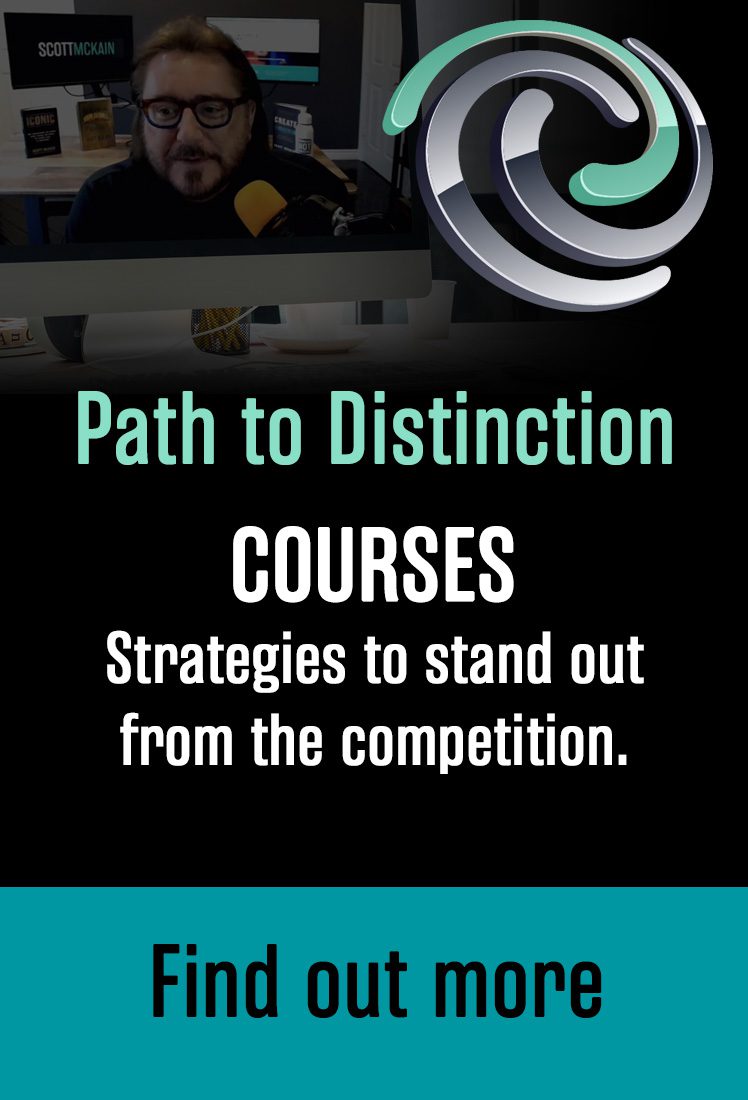In business and leadership, the pursuit of distinction and the delivery of the Ultimate Customer Experience® are paramount. Yet, a pervasive challenge that I’ve observed in several organizations threatens to undermine these objectives: the echo chamber effect.
This phenomenon, where similar thoughts and ideas circulate and reinforce themselves within a group, can stifle innovation and lead to a narrow-minded understanding of customer needs. This issue is particularly concerning in today’s diverse marketplace, where understanding and catering to a wide array of customer preferences is crucial for standing out and driving success.
The echo chamber effect is not just a social or political phenomenon; it extends deeply into the business world.
Leaders and teams often fall into the trap of designing products, services, and experiences based on their personal preferences and biases rather than on a deep understanding of a diverse customer base. This inward-looking approach can lead to the disconnect I wrote about in my book, “What Customers REALLY Want,” between what businesses offer and what their customers crave.
For instance, web designers may create complex, cutting-edge websites aimed at showcasing their technical prowess to peers, neglecting the ease of navigation and accessibility for the average user. Similarly, product developers might focus on features they find innovative or exciting, overlooking the practical needs and preferences of their target audience.

At some point, I think most of us have been on a website or using a product and thought to ourselves, “How do I work this damned thing?”
This misalignment not only hampers the customer experience but also erodes the competitive edge businesses strive for.
The echo chamber effect also reveals itself in the people we choose to surround ourselves with. In the quest for racial, gender, and other forms of diversity, it’s crucial to remember that cognitive diversity is equally important. Bringing together individuals who think differently, challenge the status quo, and offer unique perspectives is vital for fostering innovation that creates distinction and delivers ultimate experiences that resonate with a broad customer base.
Yet, often, businesses prioritize typical diversity metrics and ignore deeper, impactful cognitive and experiential diversity.
Breaking free from the echo chamber requires deliberate and strategic efforts.
- It begins with cultivating a culture of curiosity and openness, where questioning and challenging the norm is encouraged.
- Leaders must actively seek out and listen to voices that differ from their own, ensuring that decision-making is informed by a multiplicity of perspectives.
- This involves not just listening to diverse team members but also engaging directly with a wide array of customers to understand their needs, preferences, and pain points.
Leveraging data and analytics can provide objective insights into customer behavior and preferences, helping to counteract subjective biases. Regularly testing and improving on products, services, and experiences with real users from diverse backgrounds can help ensure that you are meeting the actual needs of your customers rather than what you might presume those needs to be.
The echo chamber effect poses a significant threat to the creation of the Ultimate Customer Experience® and the pursuit of distinction in business.
By recognizing this challenge and taking proactive steps to foster diversity of thought, engage with diverse customer bases, and leverage data-driven insights, leaders can steer their organizations away from the echo chamber and towards a more inclusive, innovative, and customer-centric future.
This not only enhances the customer experience but drives sustainable growth and distinction in your competitive marketplace.
If we can assist you by bringing fresh perspectives and helping you escape the echo chamber, we would love to connect! Contact Shelley at shelley@scottmckain.com.



